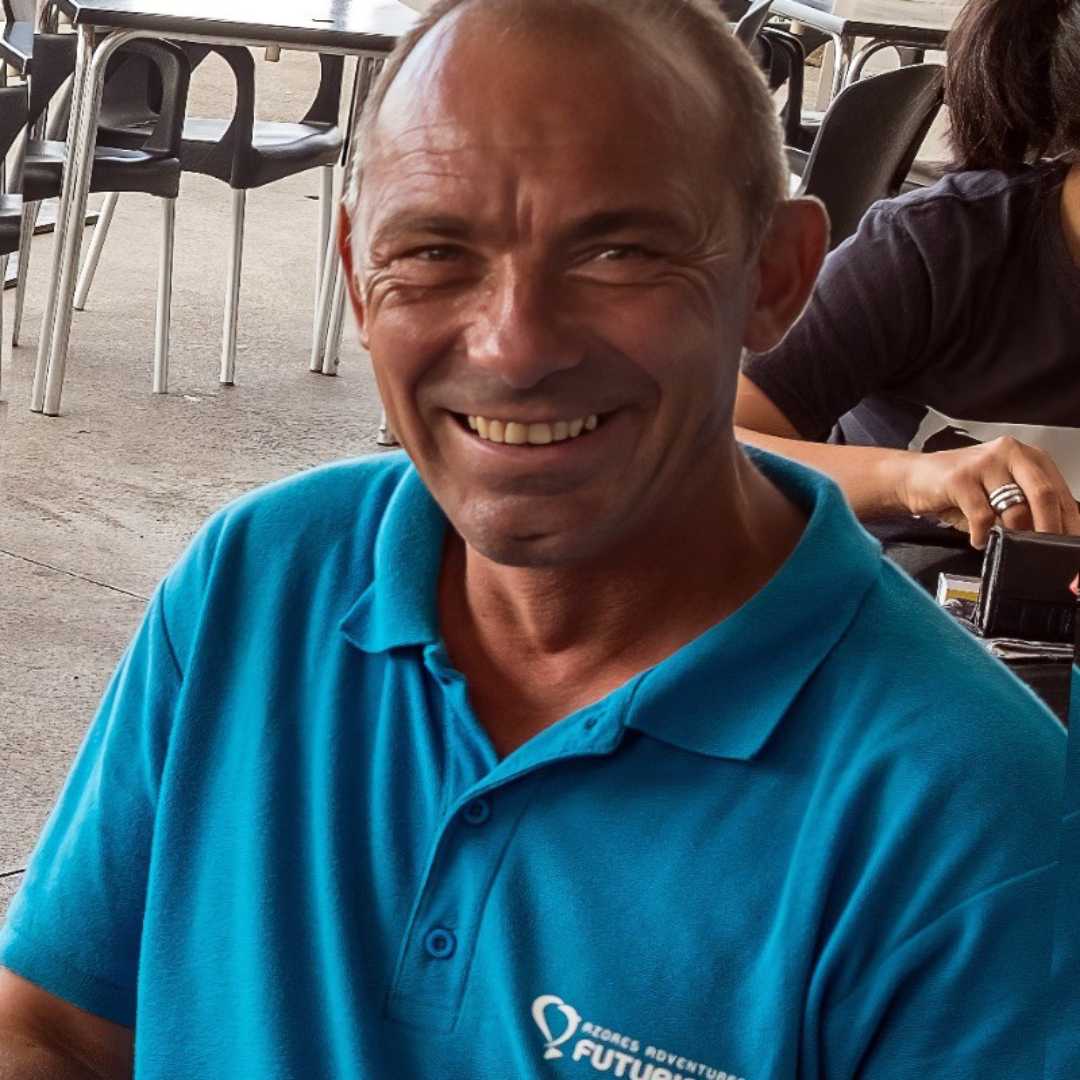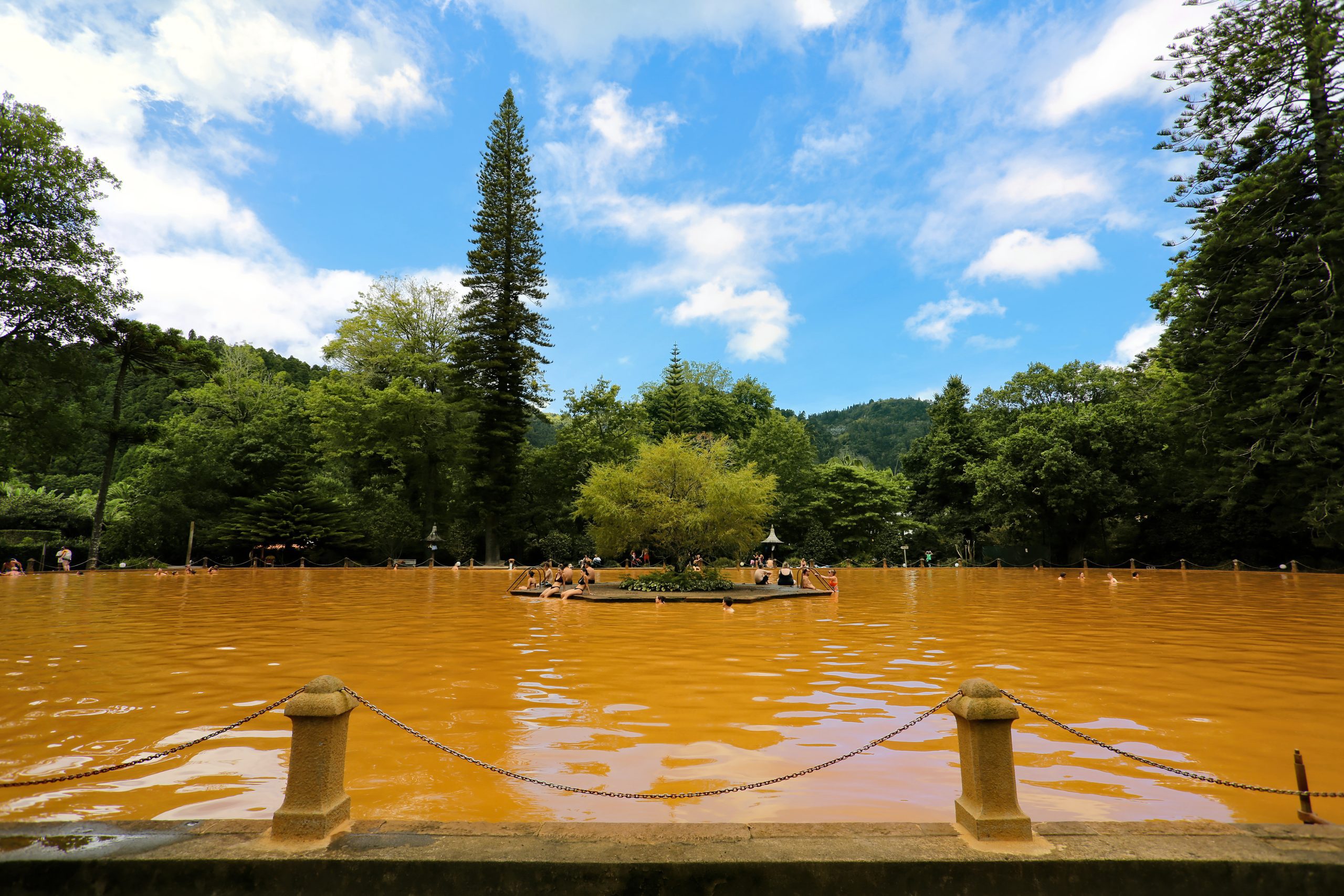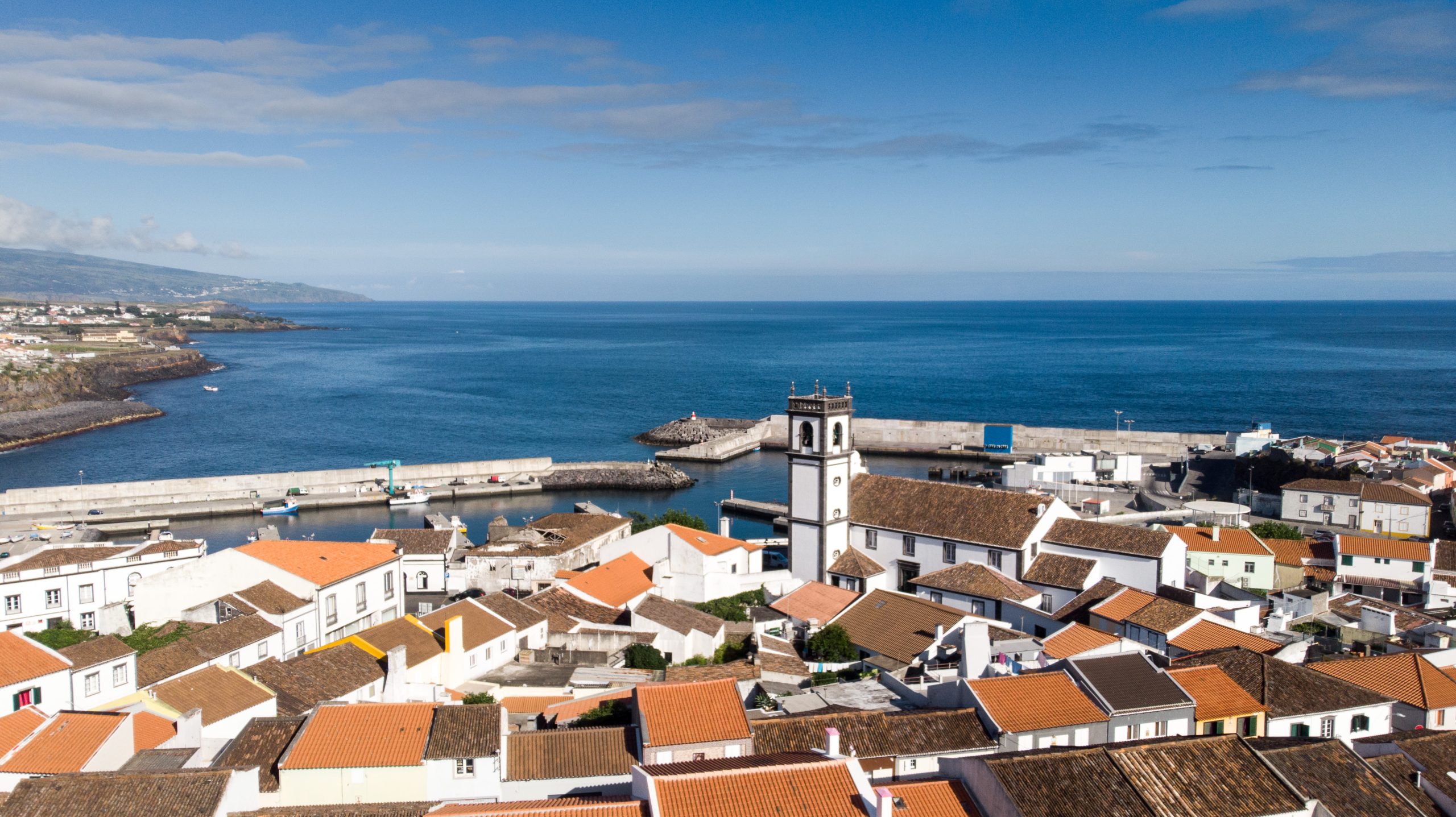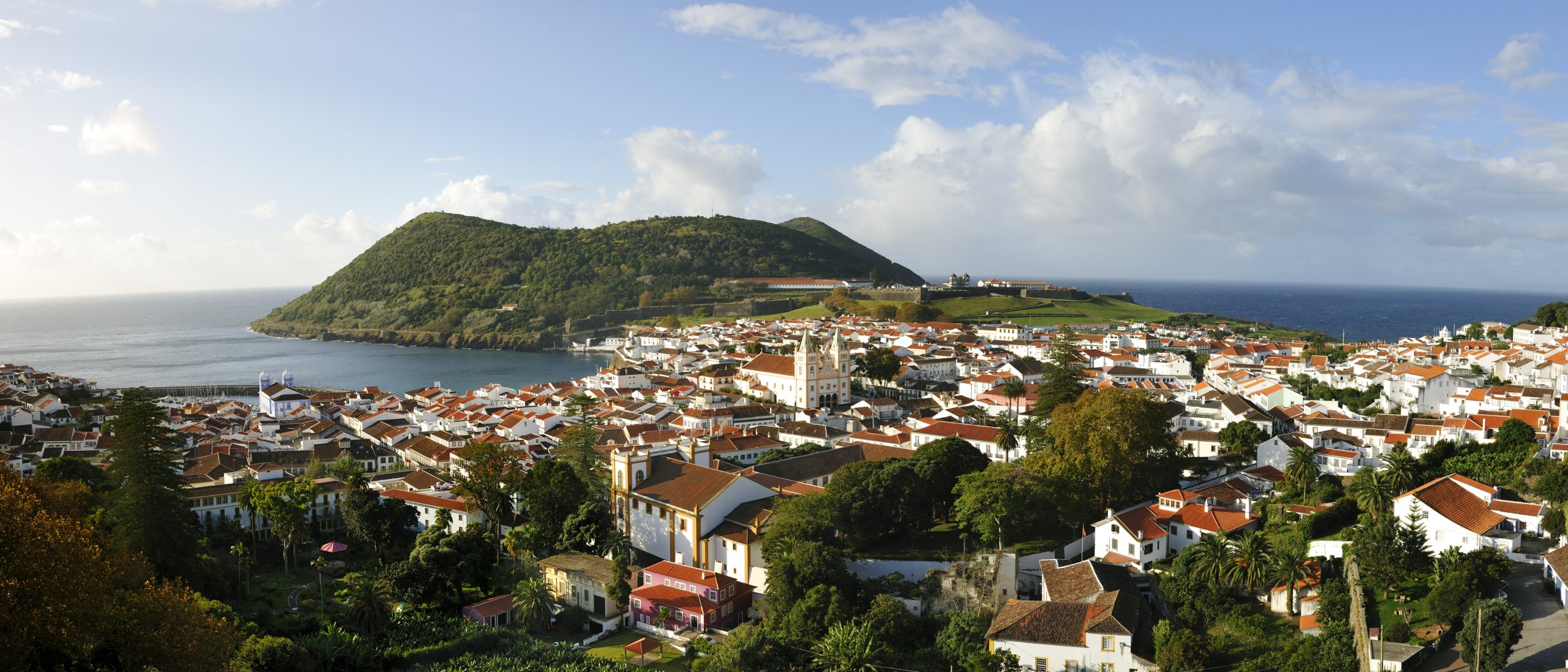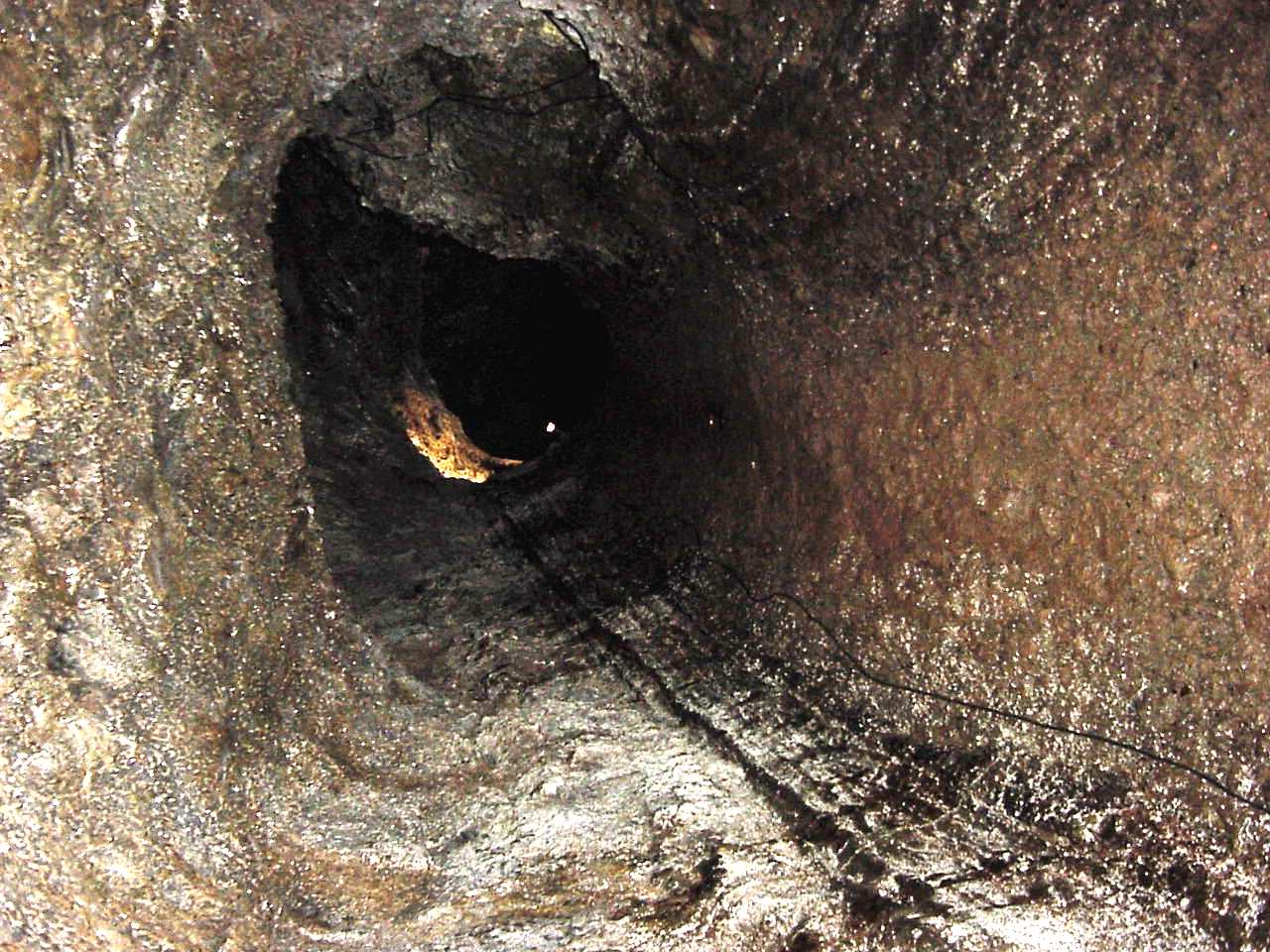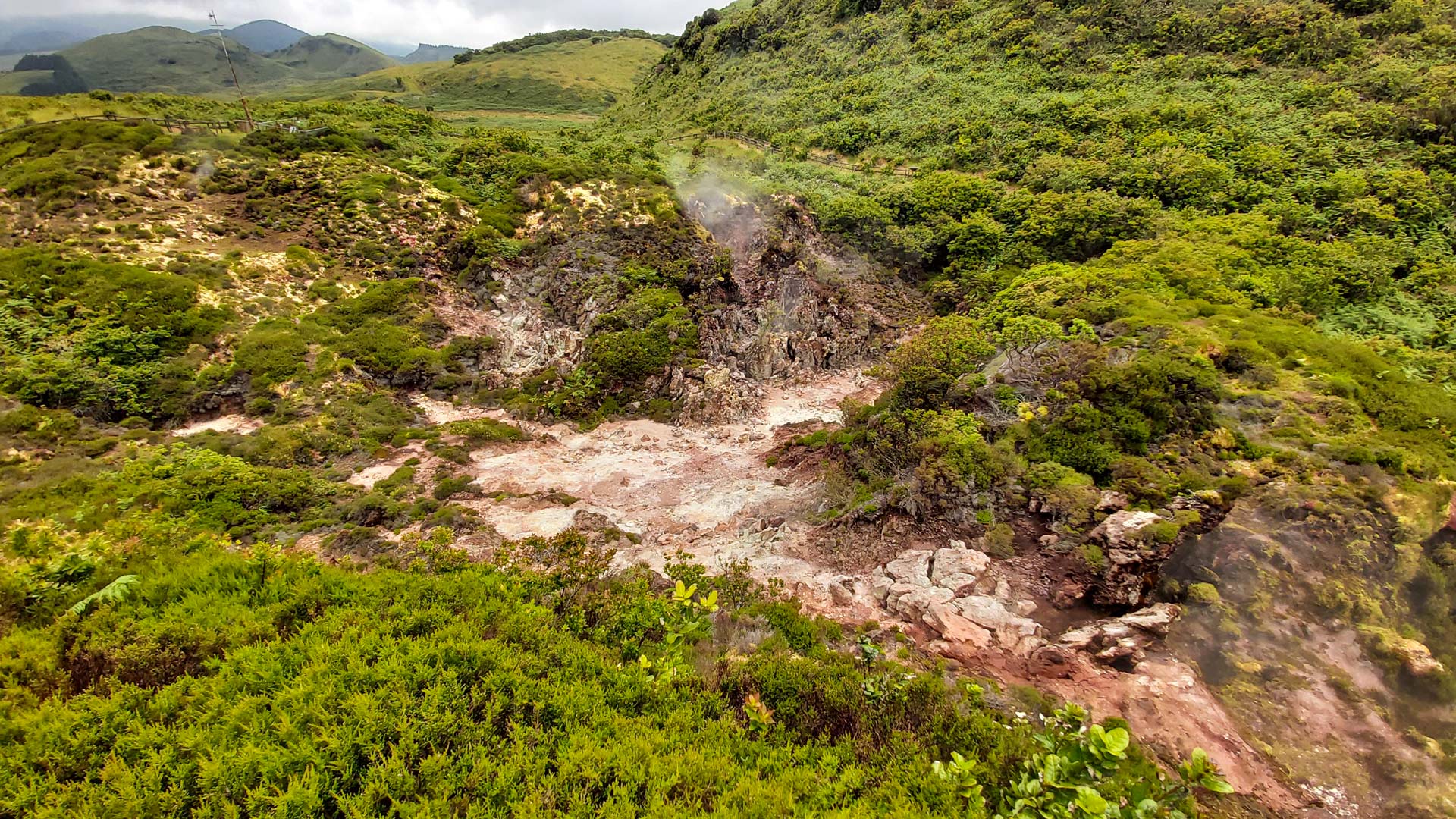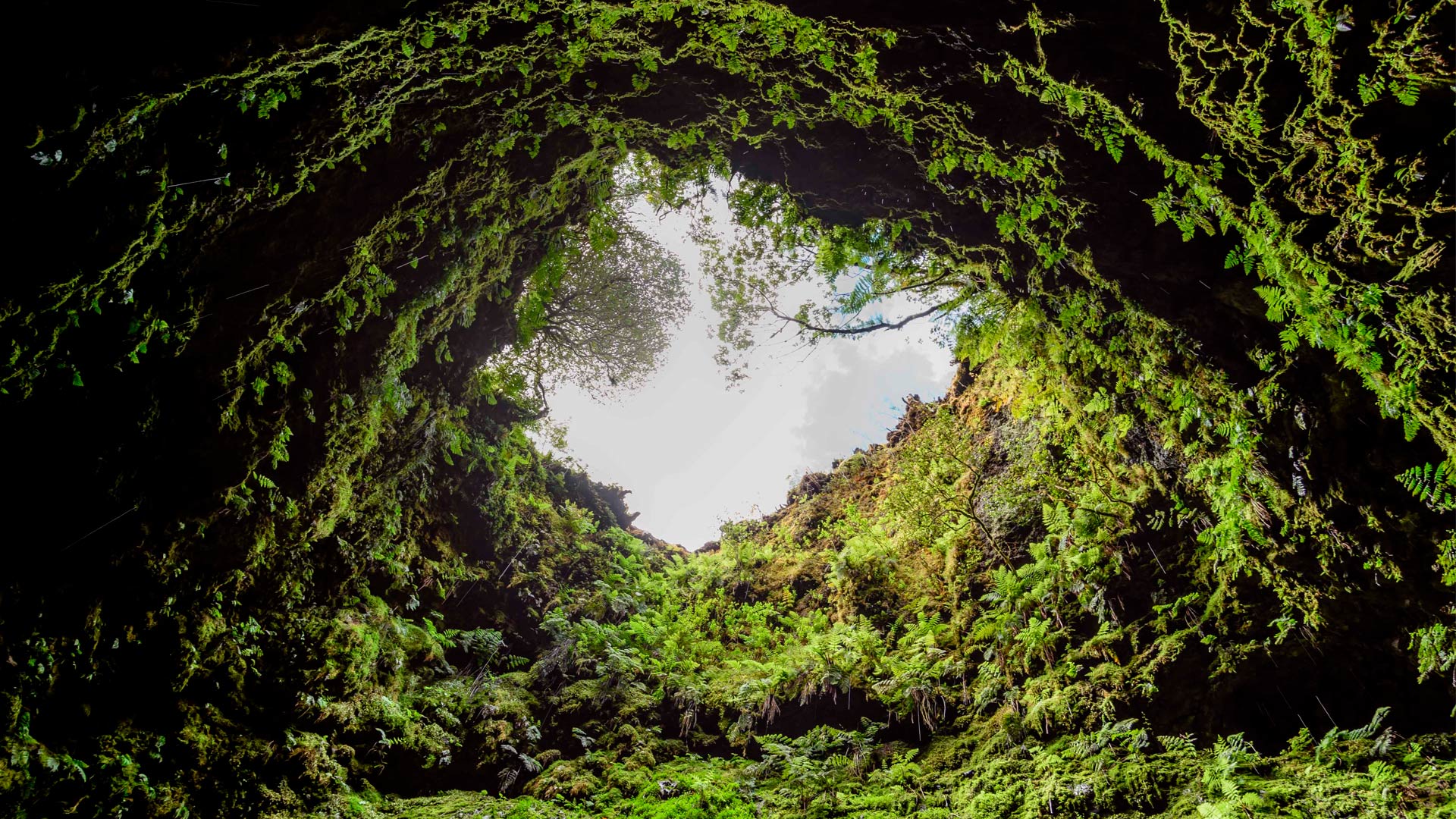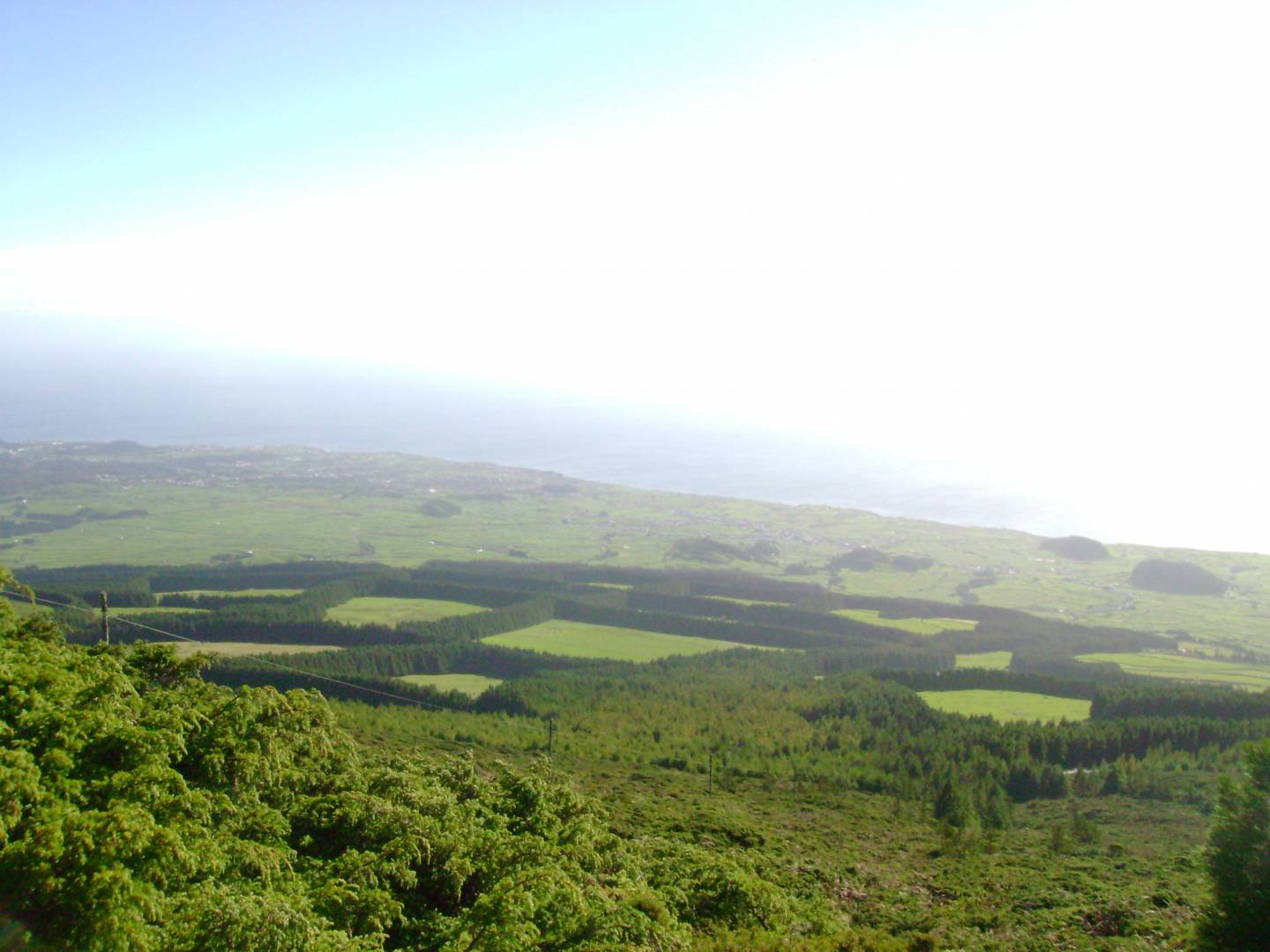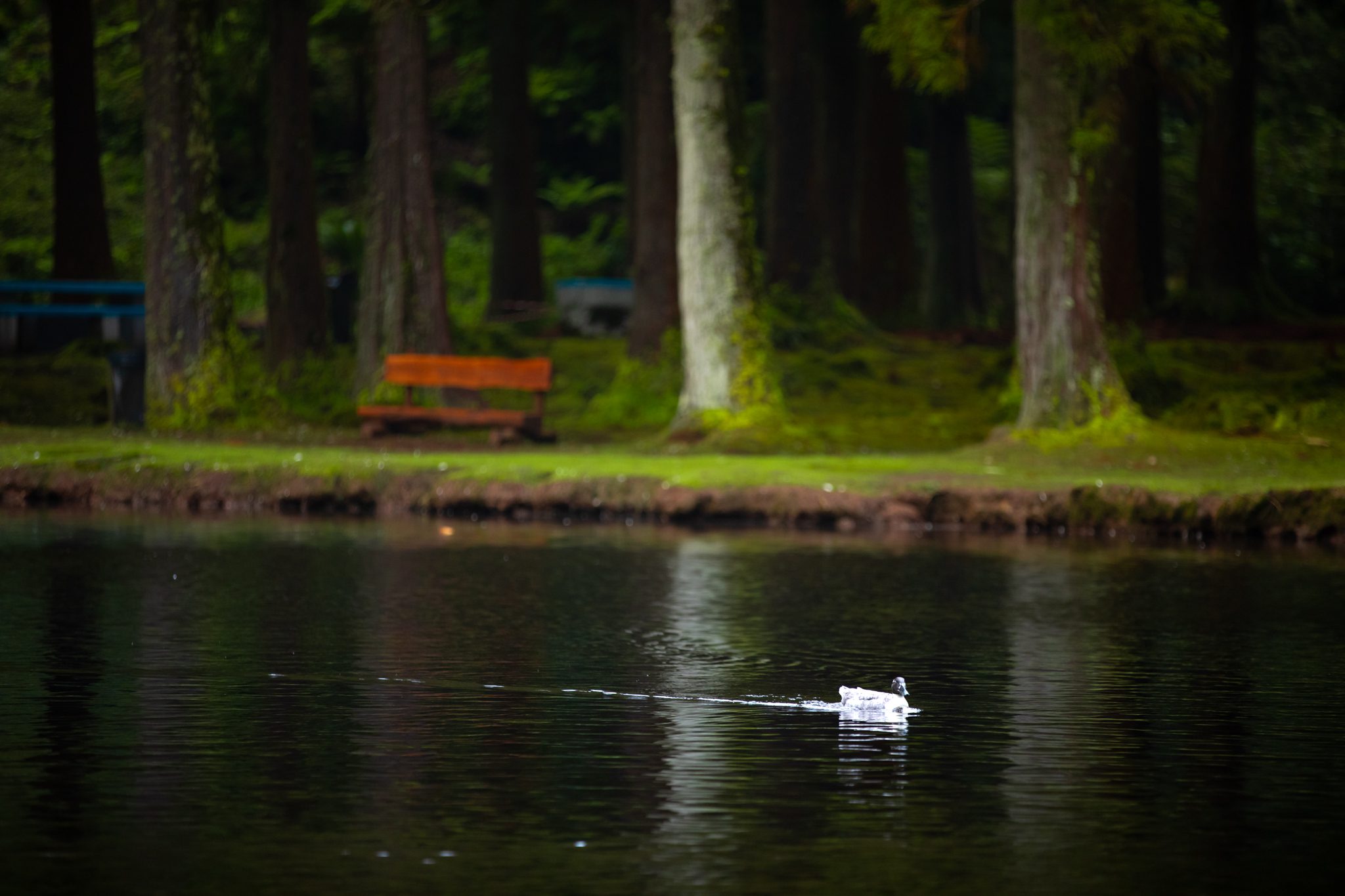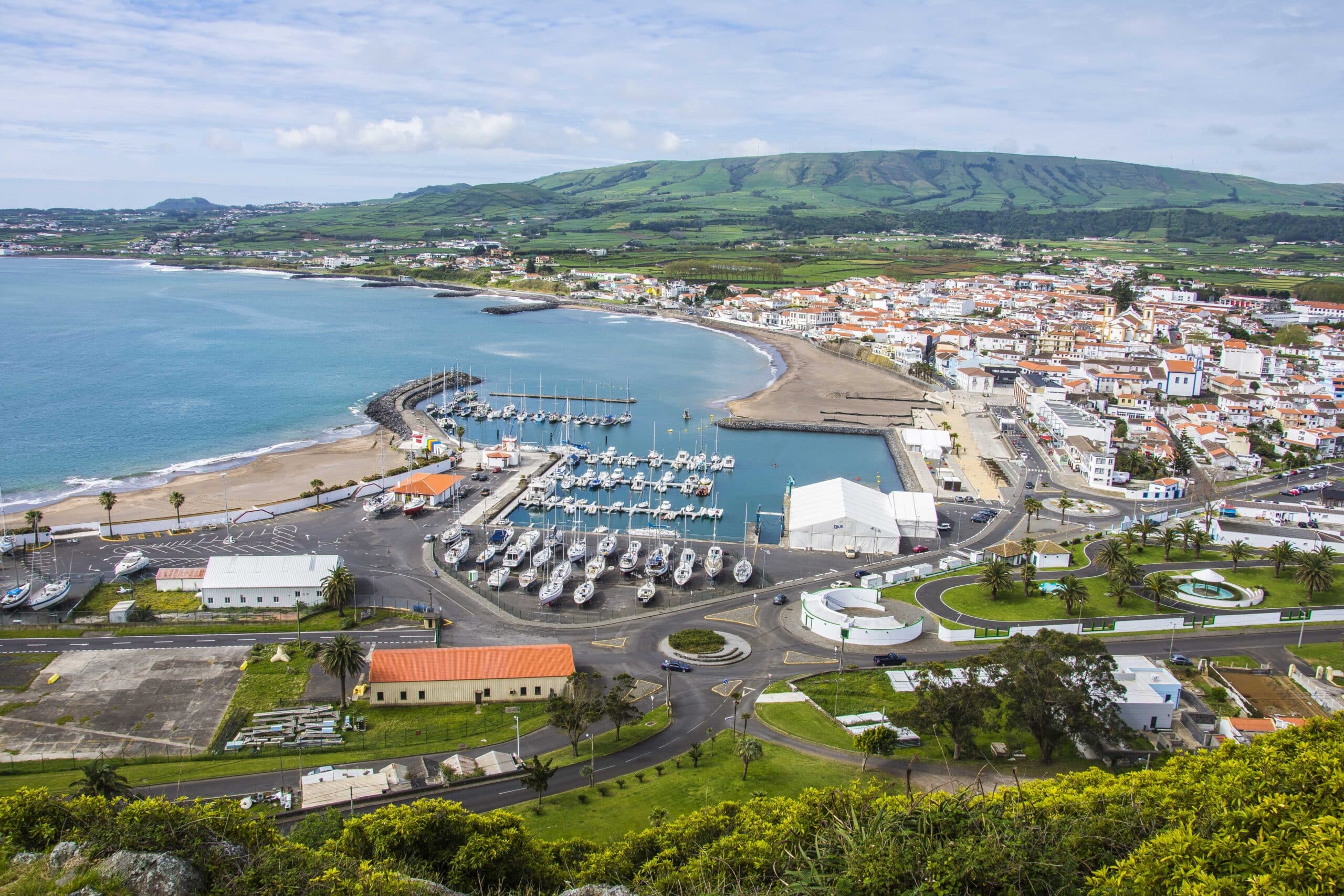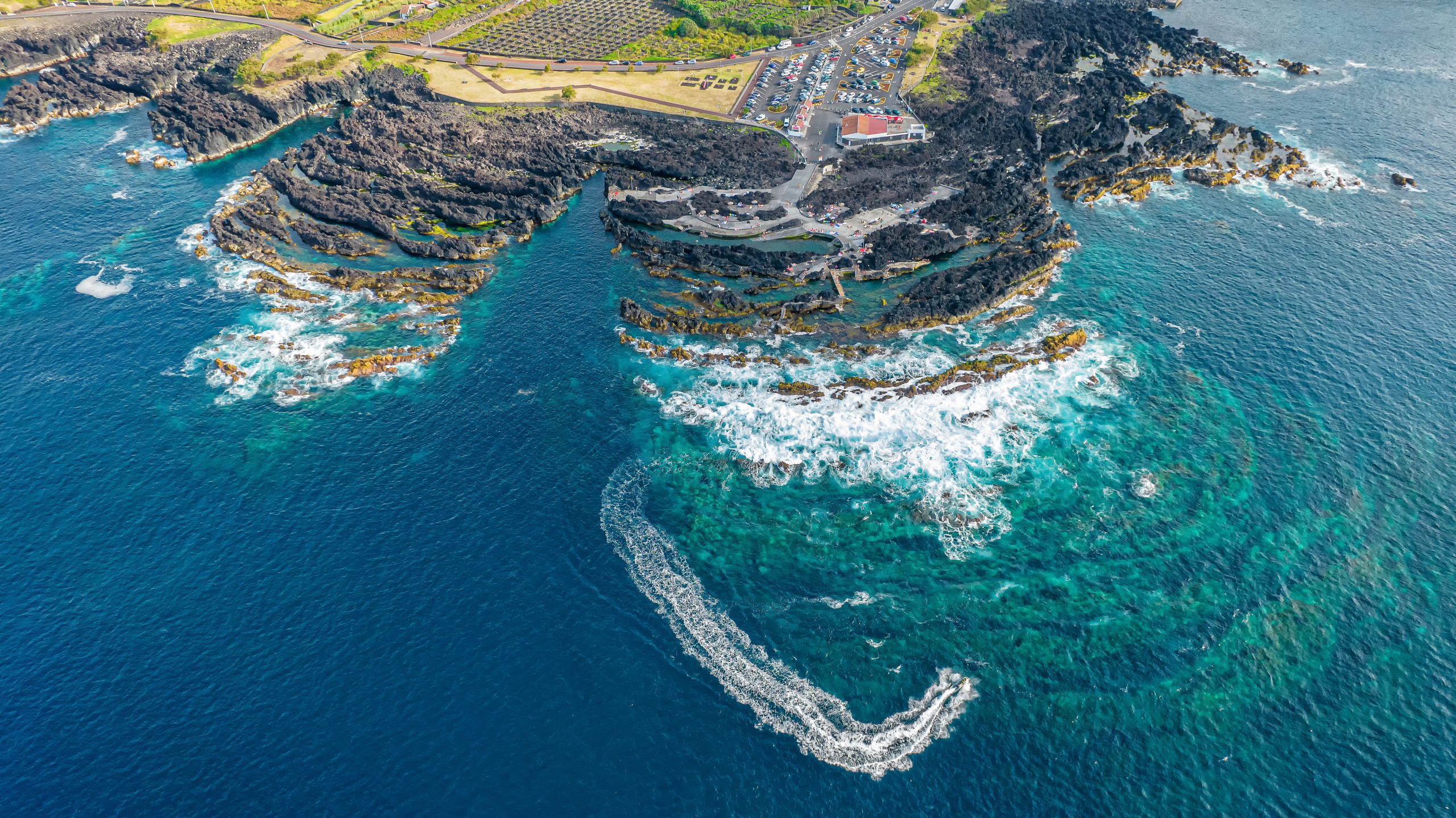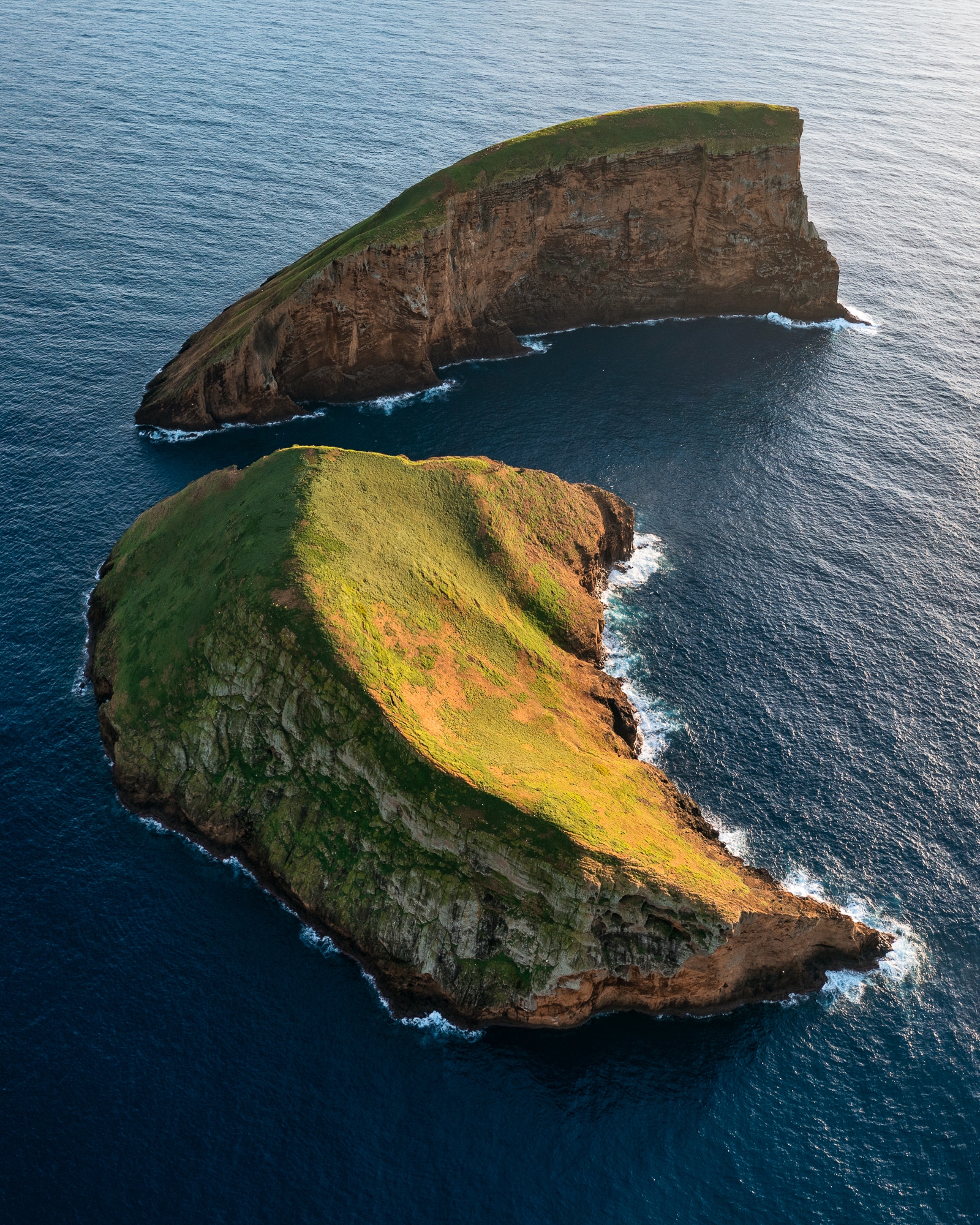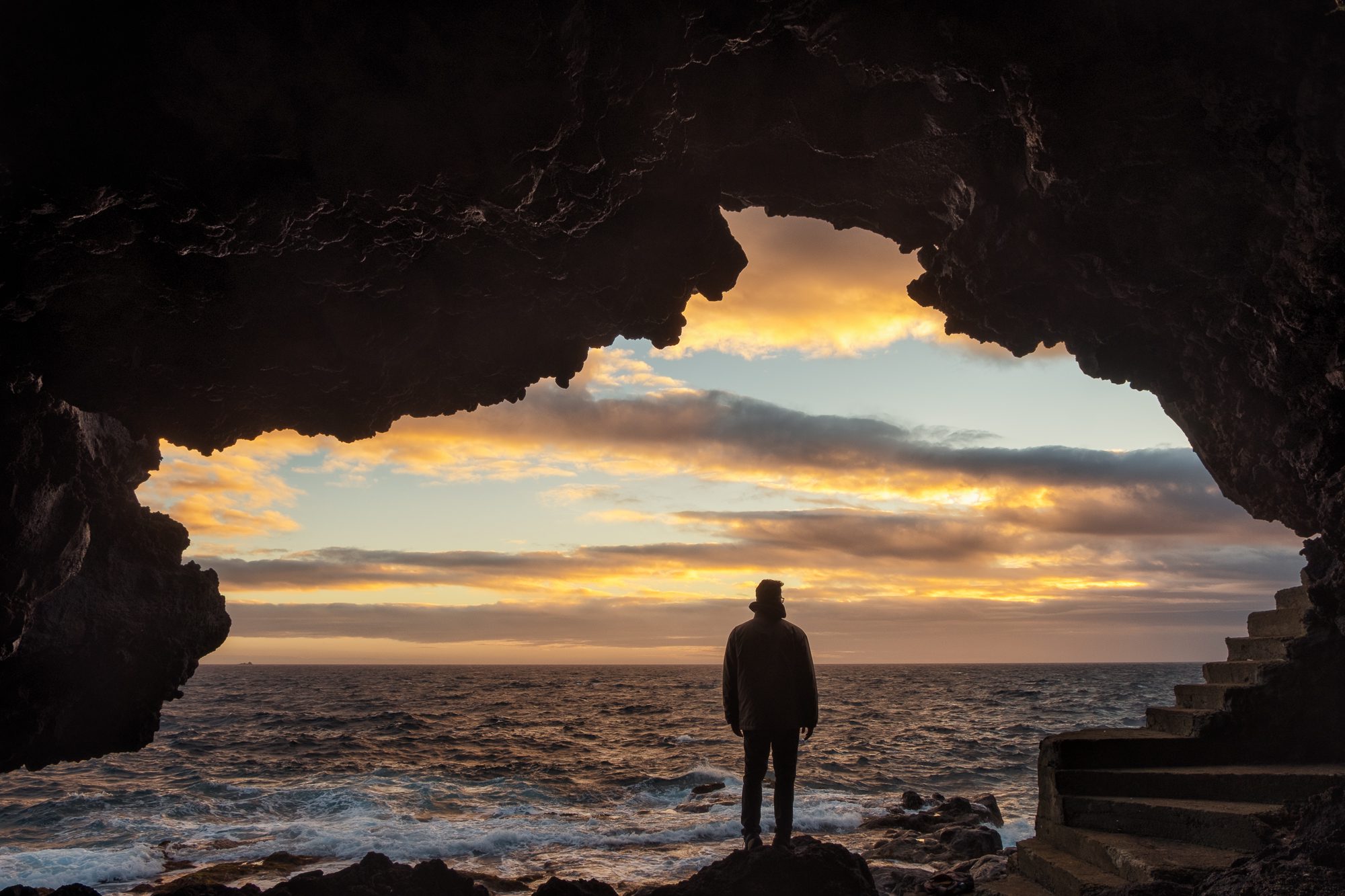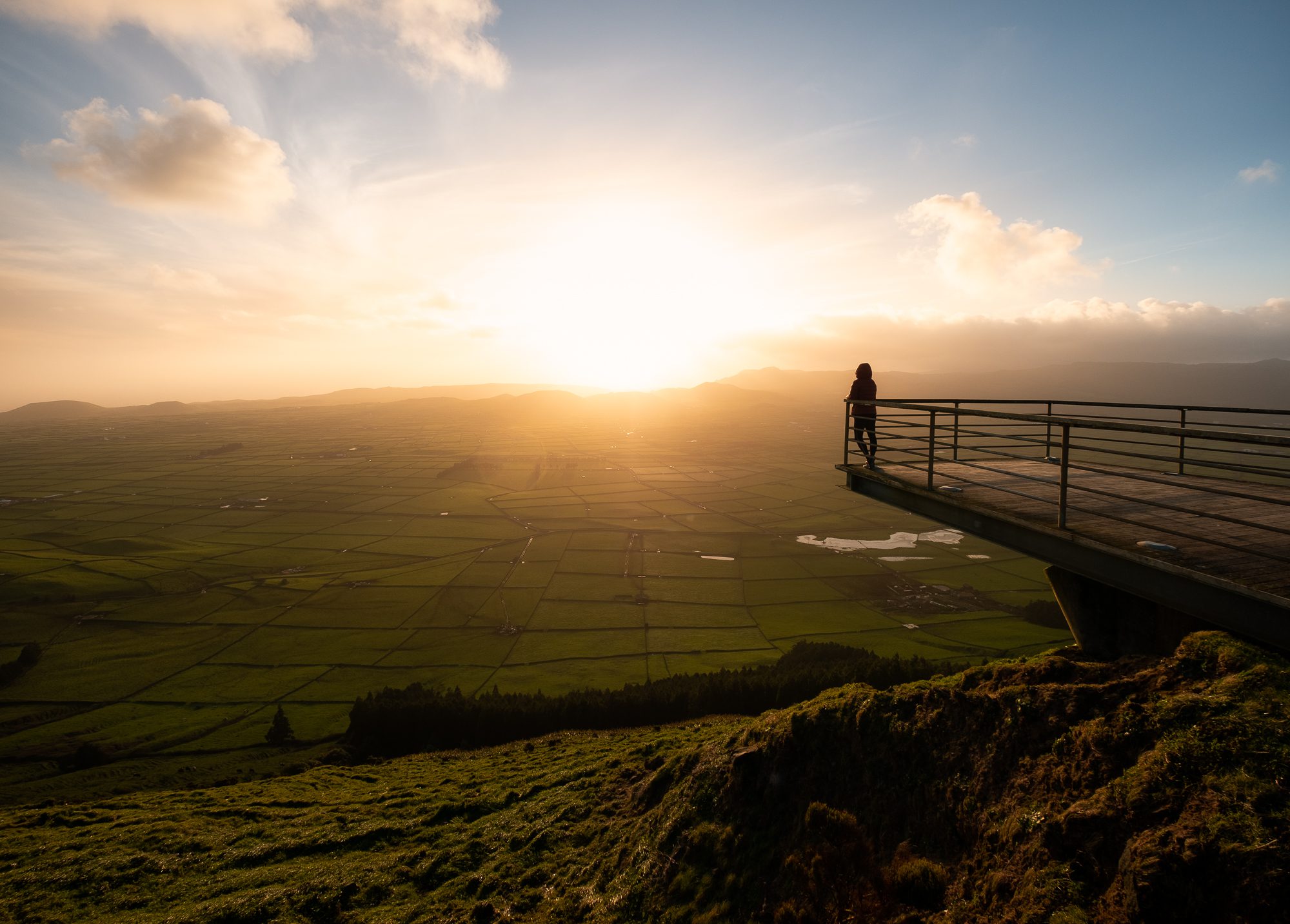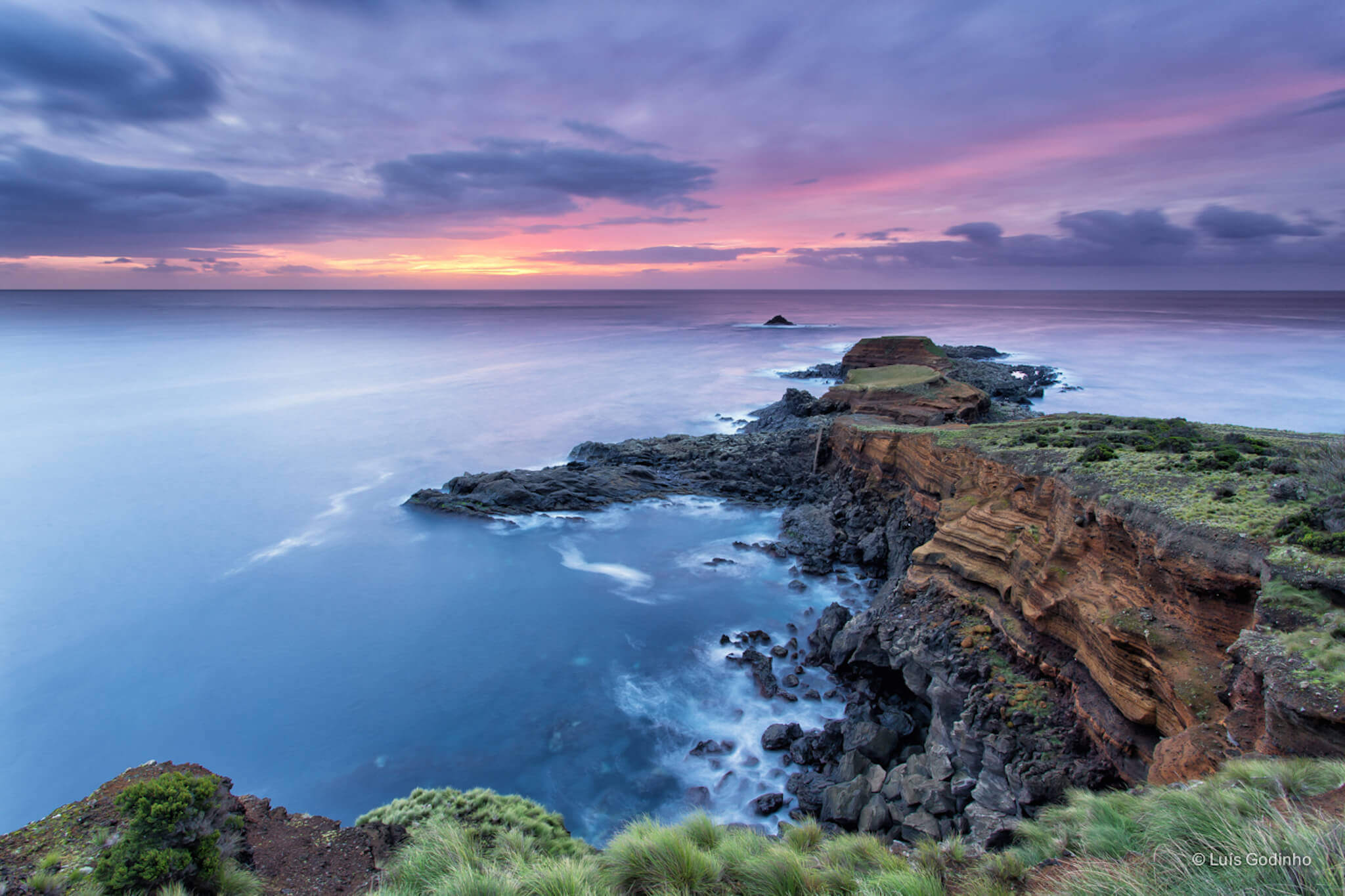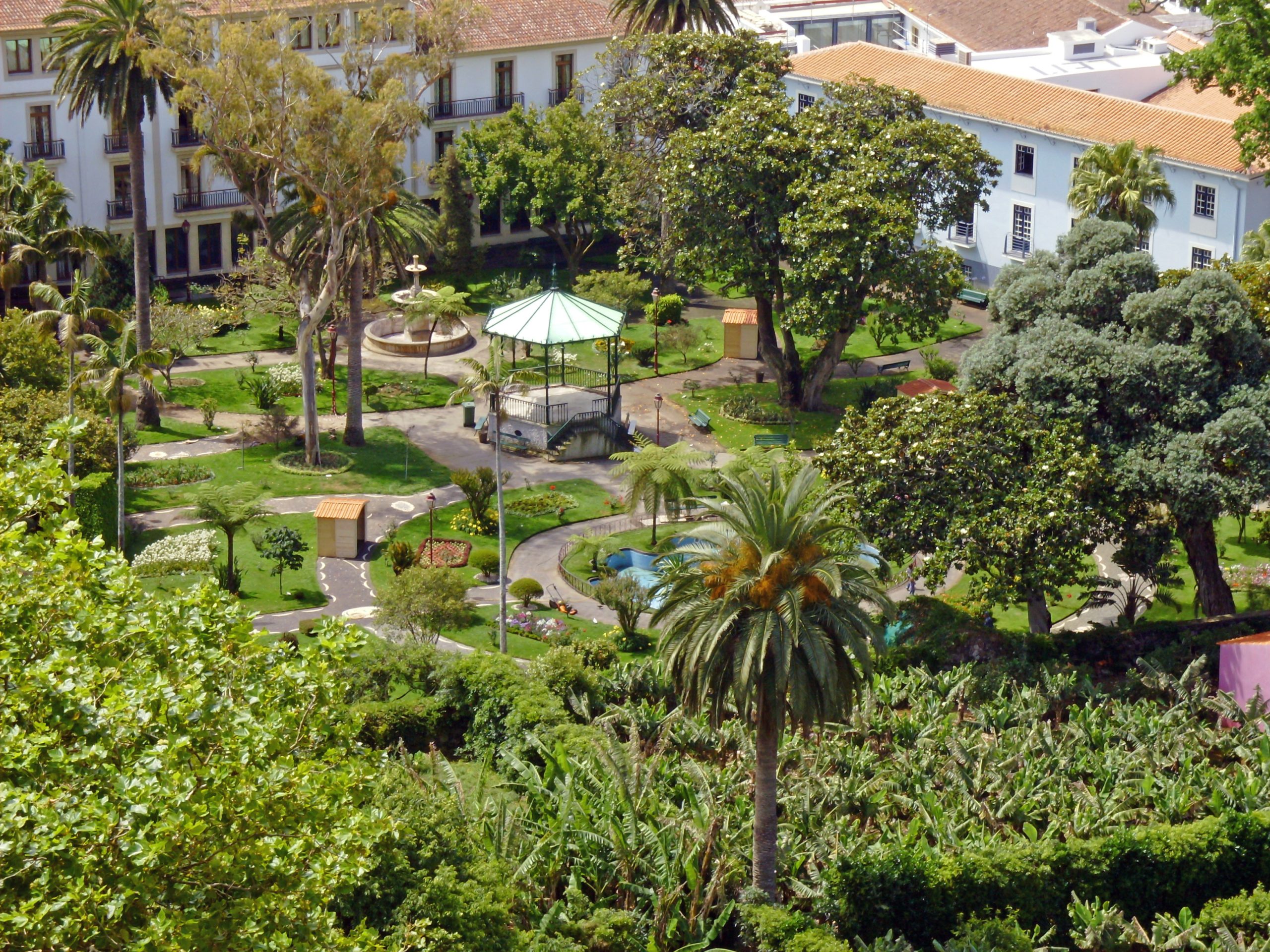Praia da Vitória, located on the island of Terceira, is a coastal town full of outdoor activities, cultural events, and points of great tourist and historical interest. This is an ideal place to relax during a holiday in contact with the natural beauty of the region. Every year, this oceanic city attracts thousands of visitors and locals looking to enjoy the sun, the clear waters, and the many shops that have a beautiful backdrop of tranquillity.
Known for its extreme water activities, Praia da Vitória is one of the many charms of the Azores archipelago. That’s why, in this article, we’ll tell you about this city and everything you can do and visit in its surroundings.
Where is Praia da Vitória

Praia da Vitória occupies a large bay on the east coast of Terceira Island, one of the islands in the central group of the Azores archipelago. With an extensive bathing area and a beautiful marina, this is an area where you can relax and enjoy great walks around the region.
The town preserves its heritage, with several buildings, churches, and monuments surrounding it — each steeped in the history that has shaped the place for hundreds of years. In terms of access, historic Praia da Vitória is very close to Lajes Airport and approximately 20 kilometers from Angra do Heroísmo.
Brief History
The city of Praia da Vitória was once called “Praia”. It was only in 1829 that its name officially changed to the one we know today. This change came about in honor of a proud victory for the locals after a naval battle during Portugal’s civil war.
This very old town gained recognition for its agriculture, but above all for its seaport, which drove regional development. Starting in the 15th century, the town imported and exported agricultural products using its commercial ships.
Did you know
The city suffered greatly from natural disasters (earthquakes) that destroyed the city in the famous “Caída da Praia”. In the 20th century, a new seaport and a military airport were built, boosting Terceira’s economy.
What to Do in Praia da Vitória
The historic center of Praia da Vitória is characterized by its many monuments, buildings, and historic and traditional streets. The architecture is typical of the region, with many colors and characteristic Portuguese tiles. Don’t miss these places:
- Mother Church;
- Church of Senhor Santo Cristo das Misericórdias;
- Fort of Santa Catarina;
- Império da Caridade;
- Town Hall;
- Casa da Alfândega;
- Chapel of Nossa Senhora dos Remédios.
In addition to these places, you should also pass through Rua de Jesus. This is the city’s best-known shopping street, boasting very typical and colorful architecture that’s perfect for a photo shoot. At the end of the street, you’ll find the municipal market, built at the beginning of the 19th century.
Enjoy the Praia Grande Bathing Area

Locals and visitors consider Praia Grande the largest sandy beach on Terceira Island. You’ll find it in the bay of Praia da Vitória, where many enjoy it for windsurfing. Despite being very central, this beach is quite spacious and not usually crowded, so it’s easy to find a quiet spot to lie in the sun. Authorities have awarded it the Blue Flag, and it also offers good infrastructure to support bathers.
Explore Paul da Praia da Vitória

Located in the urban center of the city, Paul da Praia da Vitória is surrounded by a very peculiar ecosystem. Here, you’ll find a wetland that arose as a result of the meeting of a water table with a graben (Graben das Lajes) and a dune system.
Over the years, this tourist attraction has undergone numerous changes, but Paul da Praia da Vitória has recently been restored. It is now possible to enjoy nature and its beautiful scenery in the everyday life of this coastal town.
Visit the Church of Santa Cruz in Praia Vitória
The Church of Santa Cruz is considered one of the largest and most beautiful religious monuments on Terceira Island and is located near Praia da Vitória Town Hall (Rua de São Paulo).

Did you know
This church has been classified as a Property of Public Interest since 11 June 1980.
This church dates from the 15th century and is characterized by its majestic Gothic portal and its Manueline-style side door — something unique in the Azores. Inside the church, you’ll find a beautiful gilded high altar.
Get to know the Church of Senhor Santo Cristo das Misericórdias

The Church of Senhor Santo Cristo das Misericórdias is an example of 16th-century religious architecture, built in 1521. The church underwent several restoration works after a major fire 400 years after it was built — it was restored in 1924 and also after the 1980 earthquake.
This church has a particular construction — it consists of a high-rise building with two naves separated by a colonnade, forming two separate churches with their respective channels. In this beautiful church, you can contemplate a very rare image of the Divine Eternal Father, unique in the Azores, to which many of the island’s inhabitants devote great devotion.
Explore Império da Caridade

Another place worthy of a beautiful photo is the Império da Caridade, located in the parish of Santa Cruz, in the municipality of Praia da Vitória (Largo das Figueiras do Paim). Its construction dates back to the 20th century (28 September 1941), and it’s currently part of Praia da Vitória’s Historical and Religious Heritage Inventory. This empire has a unique architecture with several colors that stand out from the buildings in the area: white, red, blue, yellow, and green.
Visit Miradouro do Facho (Gazebo Torch)

A little further away from Praia da Vitória, you’ll find the Miradouro do Facho. Here you can enjoy a fabulous panoramic view from the Serra do Cume, further inland to Praia da Vitória. When you reach the Miradouro do Facho, you’ll find the Monument to the Immaculate Heart of Mary. This is a bronze statue, about six meters high, sculpted by Álvaro Raposo de França from São Miguel.

Did you know
The statue was built on top of a 16-meter-high pedestal in honor of the city’s patron saint. Its construction took 16 years to complete (1983-1999).
Plan Your Visit To Praia da Vitória
Best Time to Visit Praia da Vitória
Due to its location, the Azores archipelago enjoys mild temperatures all year round. During the winter months, however, periods of rain are more frequent. For this reason, the best time to visit the Azores is usually between May and September, when the rain is less frequent and the days are warmer and sunnier.
Please note that cloudy skies are a common feature of the archipelago, so you may sometimes find it difficult to contemplate the true splendor of some of the viewpoints around Praia da Vitória.
Check all our articles about the weather in the Azores throughout the year 🌤️ ☔️: January | February | March | April | May | June | July | August | September | October | November | December
Where to Stay
To make your life easier, we’ve filtered the search by:
Where to Eat
The city of Praia da Vitória is well known for its bars and restaurants, which attract locals and tourists looking for a place to relax and enjoy a comforting meal. There are many options here, with food and drinks typical of the region at prices that suit all wallets.
- If you need somewhere to eat near Praia da Vitória, click here. In this link, you’ll find the 10 best restaurants on TripAdvisor.
Nearby Attractions
Miradouro da Serra do Cume
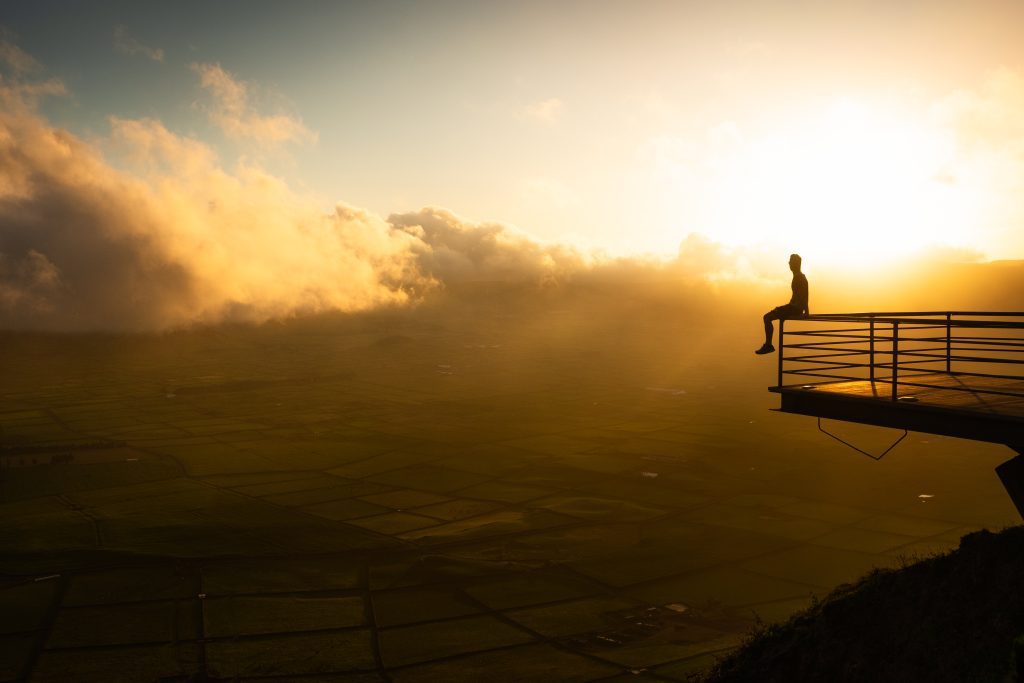
If you want one of the most typical views on the island, the Miradouro da Serra do Cume is the viewpoint you should be looking for. This breathtaking place sits at the top of a volcano with a crater about 15 kilometers long.
Its viewpoint was opened in 2008 and is located at an altitude of 542 meters. From here, you can enjoy a magnificent view of the Lajes plain, the bay, the city of Praia da Vitória, and the inland plains of the island of Terceira.

Did you know
During the Second World War, Serra do Cume served as a military control site. At this time, an underground military complex was built — the Casamatas da Serra do Cume, which is now abandoned.
Refugo Natural Swimming Pool

The Refugo Natural Swimming Pool is located in Refugo Bay in the parish of Porto Judeu. This volcanic bay was once used as a beach for fishing boats and was later adapted into a bathing area. Today, this is one of the most popular seaside resorts on the island.
Here you can enjoy a semi-natural swimming pool ideal for kids and adults — the average water temperature is around 22 °C in summer. This place has good facilities for bathers, such as a play area, showers, a bar, and toilets. It is also a beach recognized with the Blue Flag and as an Accessible Beach.
👉 Post related: Best Beaches in the Azores Islands. Read more!
Pico Dona Joana

In the far northeast of the parish of Feteira, you can find a volcanic cone of basaltic slag called Pico da Dona Joana. This cone has its highest part in the north and northeast layers, reaching an altitude of 331 meters. Its base is practically circular and is almost 500 meters in diameter. It is open towards the southwest, with the crater part exposed at a height of around 262 meters above mean sea level.
Furnas do Enxofre
Furnas do Enxofre is located in the parish of Posto Santo, in the municipality of Angra do Heroísmo, in Terceira. This fumarolic field is classified as a natural monument and has a total area of approximately 14 hectares.

Did you know
The monument is part of the Central Plateau of Terceira and is a geosite in the Azores UNESCO World Geopark.
It should be noted that Furnas do Enxofre is a large fumarolic field, considered the most important in Terceira, located in the heart of the island and created by geological processes related to the region’s volcanic activity.
This natural tourist attraction is characterized by the various manifestations of volcanic and geothermal activity, including volcanic gases emitted at high temperatures — 95 °C. °C at the surface and 130. °C at a depth of half a meter.
Furnas do Enxofre is a popular tourist destination due to its unique landscape. However, it is essential to take some precautions, as prolonged exposure to sulfurous gases can be harmful to your health.
Miradouro da Cruz do Canário
People know the Azores archipelago for its incredible viewpoints. The island of Terceira is no exception, so here we leave you with the Miradouro da Cruz do Canário. This viewpoint offers fabulous views of the Atlantic Ocean and the islet of Cabras. From this quiet and peaceful spot, you can also see the entire coastline of the island, and on days with better visibility, you can also see the island of São Jorge.
Angra do Heroísmo

Angra do Heroísmo, the largest city in Terceira, captivates visitors with its picturesque setting. Just behind the city, the iconic green peninsula of Monte Brasil rises, offering breathtaking views. Narrow streets and colorful houses further enhance its unique charm. In 1983, Angra was classified as a UNESCO World Heritage Site.
The city is perfect for a stroll. Monuments and museums allow visitors to immerse themselves in their rich history. The Volcano Speleological Museum, owned by the Montanheiros Association, is a must-visit for those interested in geology and volcanology.
Among the city’s most iconic spots are Praça Velha and Rua da Sé. Beautifully paved streets, cafés, restaurants, traditional shops, and historical landmarks fill these areas. They truly capture the soul of Angra do Heroísmo.
Check all our articles about each one of the most relevant points of interest on Terceira Island: Algar do Carvão | Biscoitos | Furnas do Enxofre | Gruta do Natal | Jardim Duque da Terceira | Lagoa das Patas | Miradouro Serra do Cume | Miradouro da Serra de Santa Bárbara | Monte Brasil | Ponta das Contendas | Praia da Vitória | Gruta das Agulhas | Ilhéus das Cabras | Miradouro do Facho
Complementary Information
Best Season to Visit the Azores
The Azores Archipelago boasts a unique climate that shapes its lush landscapes, making it a splendid year-round destination. With mild temperatures and minimal fluctuations, each season offers something unique. Spring averages 16 °C, summer reaches 21 °C, autumn cools to 18 °C, and winter remains mild at 14 °C.
→ For a detailed breakdown of the weather by month, check the following links 🌤️☔️: January | February | March | April | May | June | July | August | September | October | November | December
How to Get to the Azores
The Azorean Archipelago is easily accessible through numerous flight routes. Lisbon and Porto are the main entry points to the continent, with direct flights available to São Miguel (PDL), Terceira (TER), Faial (HOR), Pico (PIX), and Santa Maria (SMA). To find the best flight, use search engines like eDreams or Skyscanner. These platforms enable you to compare prices and schedules from various airlines in one convenient location.
For more details on how to get to the Azores, take a look at our complete guide. But what if you want to explore beyond your arrival island? We’ve got you covered!
- Azores airports 🛬
- Flights between islands ✈️
- Ferries between islands ⛴️
- Which island to choose? 🏝️
- What airlines fly to the Azores? 🛩️
→ Once you’ve found the perfect route, book your tickets and get ready to experience one of the world’s most stunning island groups!
Travel Essentials
Essential Information for your Azores trip: Azorean Language & Phrases 🗣️ | Currency & Banks 💵 | Credit Cards & Traveler’s Cheques 🏧 | Driving in the Azores 🚗 | Electricity 🔌 | Experiences & Tours 🗺️ | Health & Safety 🩺 | Internet & Wi-Fi Access 🛜 | Phones & Mobile Service 📞 | Post Offices & Buying Stamps ✉️ | Public Holidays 🏖️ | Shopping 🛒 | Time & Daylight 🕒 | Whale Watching Guide 🐳 | Best Island to Visit 🏞️
Useful Tools & Apps
The weather in the Azores can be variable, so it’s helpful to use some apps before visiting the islands. Spotazores provides live camera feeds from the main tourist attractions, allowing you to check the weather and plan your visit. For accurate weather predictions, use Windy or Windguru — they provide the most reliable predictions.
Video
Conclusion
Praia da Vitória is a must-see for any visitor to Terceira Island. It is the second largest population center after Angra do Heroísmo and has a fantastic past with monuments worthy of beautiful photographs. If you’re looking for a good break on this island, then the Praia da Vitória bathing area is the place to go for the quality of the beach and infrastructure, but also for the tranquillity you’ll find there.
Don’t forget that the best way to visit the island of Terceira is to hire a car in the airport area. However, if you want to learn a little about the region’s history, buying a guided tour is always a possibility.
Authors’ Note
I am pleased to inform you that all the recommendations in this article are based on my personal experience and observations. As the author, I have personally visited each attraction mentioned, ensuring that every suggestion is grounded in first-hand knowledge and genuine enthusiasm.
FAQs
Praia da Vitória is located on the eastern coast of Terceira Island, in the Azores. It’s one of the island’s main towns and an important port area.
You can enjoy Praia Grande — the largest sandy beach on Terceira — go for a swim, try water sports like windsurfing, or explore the marina, cafés, and charming seaside promenade.
Don’t miss the Miradouro do Facho, the historic city center, the Church of Santa Cruz, and the natural swimming pools of Praia dos Sargentos. The town also hosts vibrant summer festivals and cultural events.
Yes! Praia da Vitória offers several hotels, guesthouses, and restaurants. Its calm atmosphere, beach access, and proximity to the airport make it an ideal base for exploring Terceira Island.



